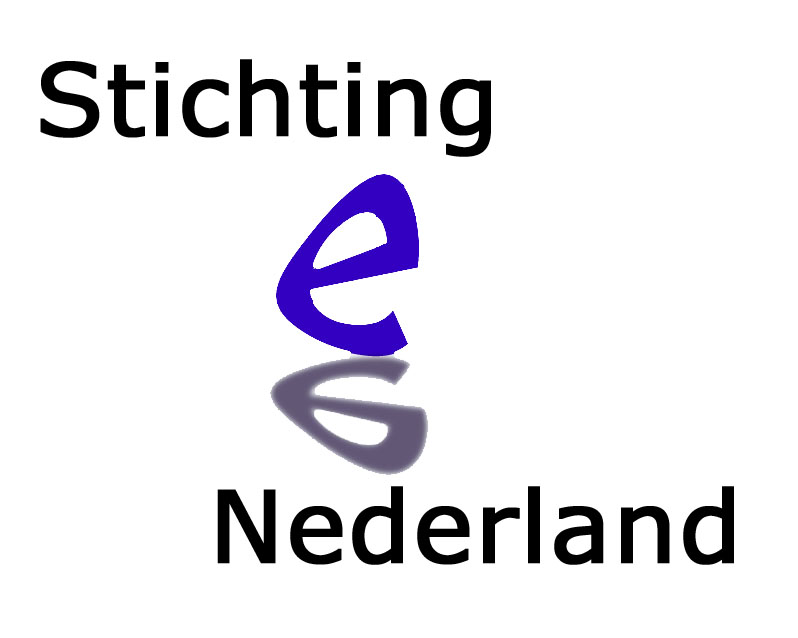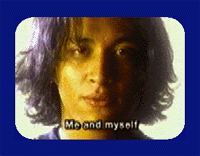 |
||||
Roundtable Session: "Western and Non-Western Settings" Cinderella Goes InterculturalWhen designing an EE campaign, one has to keep in mind the role cultural values and inter-cultural differences play when the audience receives the message. This statement was addressed in the session "Western and Non-Western Settings," chaired by Corinne Shefner-Rogers (USA). June Yum (USA) talked about the function that mythic stories can have in an EE campaign. Soliman Farah, Lina Qardan, and Amjad Nawwas (Jordan) explained how the cultural environment regarding family planning in Jordan changed from hostile to friendly to, in the end, supporting and motivating. The Power of Mythic StoriesAccording to Yum, mythic stories can be called "the earliest form of EE." Mythic stories have been used to teach members of a culture the moral standards, rules of life, and acceptable behavior within that culture. Many current entertainment programs repeat classic mythic stories such as David and Goliath, American Dream, Tarzan, Cinderella, and so forth. The specific example of a mythic story that Yum used was the Cinderella myth, which originated in China. In this classic myth, a woman from the lower class, through her physical beauty, goodness of heart, and help from others, marries a prince and lives happily ever after. The basic moral of the story is that woman's happiness depends on a man and a woman needs to be transformed to fit into that man's world. Yum showed examples of the Cinderella myth in such popular films as My Fair Lady, Pretty Woman, and She's All That. While the American Cinderella is characterized by her individual qualities, such as physical beauty and resourcefulness, the Asian Cinderella is lauded for non-individual qualities, such as filial piety. Even though Cinderella may not be the ideal role model that feminists would want young girls to emulate, it is, nevertheless, a powerful cultural archetype that can be useful for EE by modifying Cinderella's characteristics. For example, in yet another Cinderella movie, Ever After, the main character, Danielle, exhibited a high level of desire for knowledge and compassion for the poor. In every other way the movie followed the main story line of the Cinderella myth faithfully. Yum explained that mythic stories are still very useful for the design of EE programs because they provide plot lines and cultural archetypes that the audience can readily recognize and identify with. Developing a Campaign
TranscreationIn the discussion about the presentations, participants wondered if there are guidelines on how to bridge culture gaps when one wants to use the same basic story in different settings. It was clear to the presenters that, although stories with a long-standing mythical background might work in any setting, simply translating a story is not enough. The term "transcreation" was used for the process of modifying an EE concept from one cultural setting to another. Reworking an EE program for a different cultural setting requires extensive knowledge and understanding of the target culture, including social standards and moral values, use of rituals and symbols, and the like.
|
![]()

 From
the chronological sequence of events that Soliman, Qardan, and
Nawwas presented, a huge change of public opinion regarding family
planning has occurred in Jordanian society. At one time, Jordan
had one of the highest population growth rates in the world. There
was a profound need for education on family planning methods.
This was not easy, because the professionals designing the campaign
had to take into account several moral considerations, especially
from the Islamic leaders in their country. In fact, before 1988,
family planning was regarded as a taboo subject and a Western
conspiracy to restrain the Arab population. Hence, the environment
was hostile to EE projects, and there weren't any communication
strategies regarding family planning. From 1988 to 1995, mainly
because the campaign received support from the Jordanian royal
family, the social climate changed.
From
the chronological sequence of events that Soliman, Qardan, and
Nawwas presented, a huge change of public opinion regarding family
planning has occurred in Jordanian society. At one time, Jordan
had one of the highest population growth rates in the world. There
was a profound need for education on family planning methods.
This was not easy, because the professionals designing the campaign
had to take into account several moral considerations, especially
from the Islamic leaders in their country. In fact, before 1988,
family planning was regarded as a taboo subject and a Western
conspiracy to restrain the Arab population. Hence, the environment
was hostile to EE projects, and there weren't any communication
strategies regarding family planning. From 1988 to 1995, mainly
because the campaign received support from the Jordanian royal
family, the social climate changed.
 A
national communication strategy was developed, several public-private
partnerships were established, and the government started to play
a supportive role. The biggest success of the campaign was the
"National Population Contest," a family planning contest with
more than 100 prizes. Over a 3-month period, more than 90,000
people responded (about 2% of the population). According to the
presenters, the most important lesson learned from their campaign
is that, to have a successful EE campaign, the way in which the
topic is presented must be in touch with the opinions of important
people and groups in the society.
A
national communication strategy was developed, several public-private
partnerships were established, and the government started to play
a supportive role. The biggest success of the campaign was the
"National Population Contest," a family planning contest with
more than 100 prizes. Over a 3-month period, more than 90,000
people responded (about 2% of the population). According to the
presenters, the most important lesson learned from their campaign
is that, to have a successful EE campaign, the way in which the
topic is presented must be in touch with the opinions of important
people and groups in the society.
 Shefner-Rogers
emphasized the importance of this process. She stressed that the
transcreation should not be taken too lightly, in order to avoid
any risk of EE programs and campaigns of Western design and format
being merely transplanted into non-Western settings.
Shefner-Rogers
emphasized the importance of this process. She stressed that the
transcreation should not be taken too lightly, in order to avoid
any risk of EE programs and campaigns of Western design and format
being merely transplanted into non-Western settings.